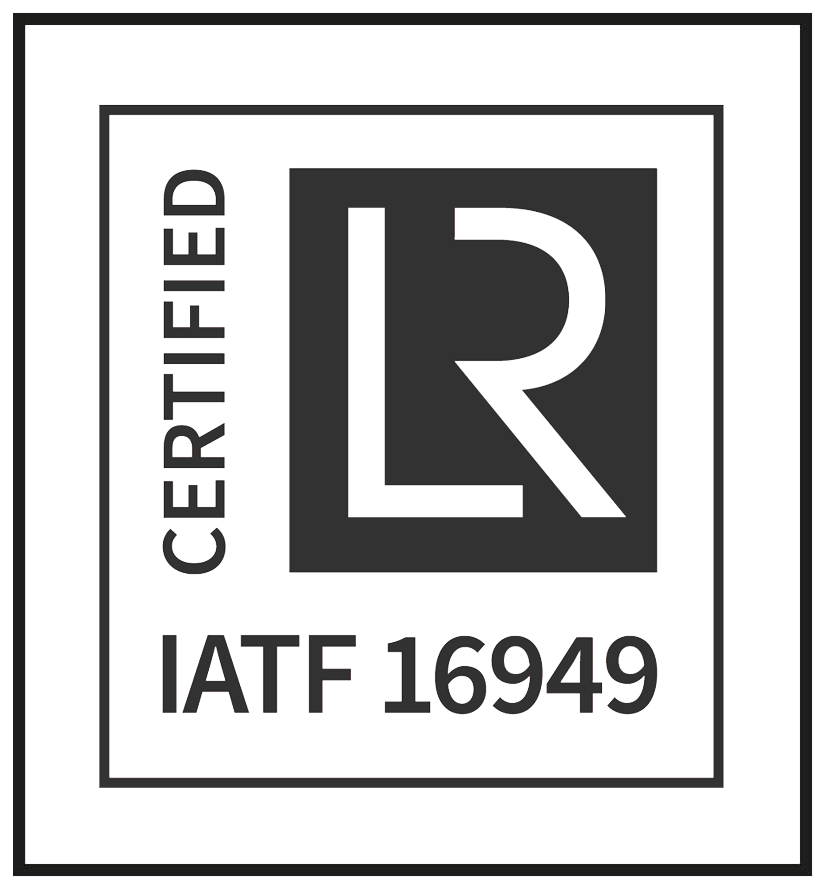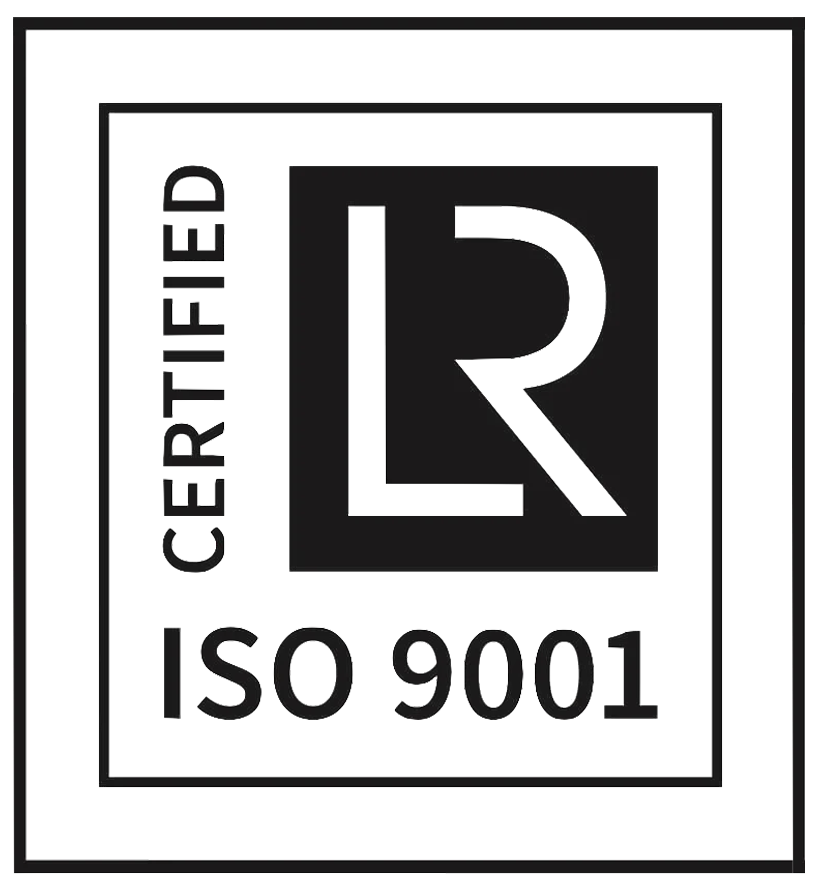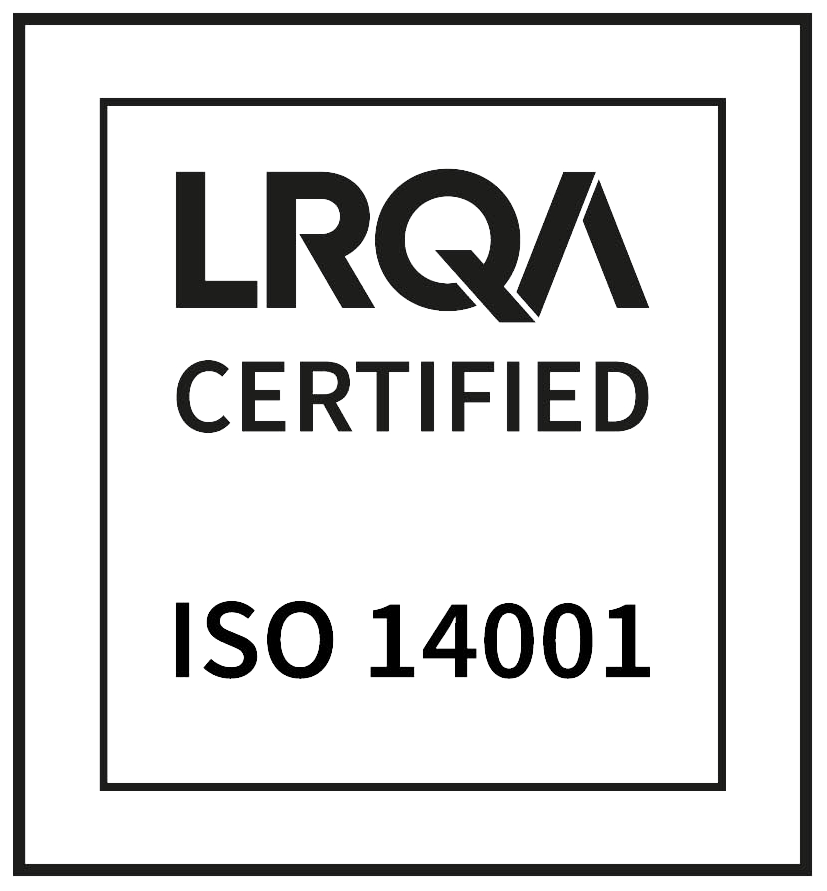Although in steelmaking industry the electrical steel output, which is suitable to be used as magnetic core of motors and transformers, is lower than 1% (13 mio tons) of the total production (over 1.7 bio tons), that does not imply that steel is no essential for an economical a more efficient manufacturing of any electrical and electromechanical devices in use. In the other hand, steel makers are involved in a continuous R&D, designing and manufacturing of more and more adapted material stronger and more efficient in terms of energy.
Nowadays, world steel makers can produce electrical steel for general purpose very competitively (Standard Grades); exhibiting increased magnetic properties regarding polarization and magnetic permeability (High Permeability Grades); specifically designed for medium frequency, above 100 Hz (High Frequency Grades, NO) and rotational speed over thousands of rpm (High Strength Grades) for cores which have to overcome high stress when used.
Additionally, thickness of laminations is thinner and thinner. The thickness available ranges from 0.10 mm up to 1.00 mm in the most of world class steel manufacturers.
Important developments in insulating materials of steel also has happened. Generally, steels are insulated using varnish focused to weldability, self-bonding (Backlack), temperature resistance, wearing and corrosive environments and so on following customer requirements.
Due to a so wide range of available electrical steels, motor designer has to pay attention in the effect of each characteristic and what it implies on production. Our experience teaches us that the main topics to be taken into account are:
· Raw material cost. Steels mentioned above are priced very differently, what directly affects the part price. It is necessary evaluate carefully if a high-priced steel provides special characteristics on the motor performance to be accepted the cost gap among final users. The price gap between standard and special steel can achieve almost 100% of the cheapest one.
· High Strength materials requires higher tonnage stamping presses andan accelerated aging of the tooling, provoking a higher stamping cost.
· Thin thickness (lower than 0.35 mm) demands a special design of the die tool, especially regarding die-punch clearance. Grinding of the die tool must be done more often reducing the tool life.
· Stamping presses to be used must be in the state of art and must be equipped with devices to control in-line and self-correction of critical parameters, such as punch penetration, in order to ensure the quality of the final product.
· High productivity, especially when thin steel is stamped, implies that the complete stamping line must be reliable. Coiler, straightener, feeder, thickness control device, slide parallelism and speed of press must be ruled co-ordinately.
In our company, we studied the suitability of different electrical steels according the customer expectations. Final choosing was between steel grade M270-35A (under norm EN 10106) and grade NO35-19 (under norm EN 10303) focused in determination if standard grade (M270-35A) was good enough to achieve the requirements. Motor should work in medium frequency (below 400 Hz) and values of iron loss for different frequencies and magnetic induction were measured. Results are shown below.
|
STEEL GRADE |
FREQUENCY (Hz) |
MAGNETIC INDUCTION B (T) |
IRON LOSS (w/kg) |
|
M270-35A |
50 |
0,5 | 0,285 |
| 1,0 | 0,965 | ||
| 1,5 | 2,430 | ||
| 1,7 | 2,922 | ||
|
400 |
1,0 | 17,91 | |
| 1,5 | 44,58 |
Due to the main characteristic claimed was iron loss, our suggestion was that a standard steel (M270-35A) was able to fulfil all requirements. It is also remarkable to note the advantage in terms of cost because of the more competitiveness of the standard steel.
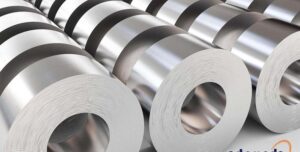
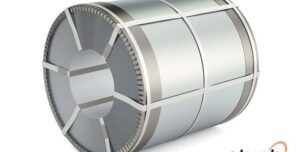
Estamode´s R&D Department



